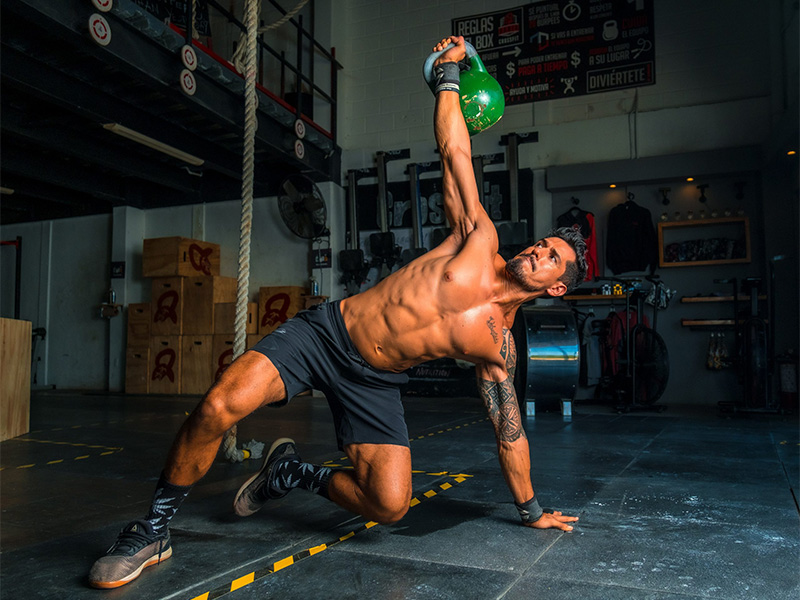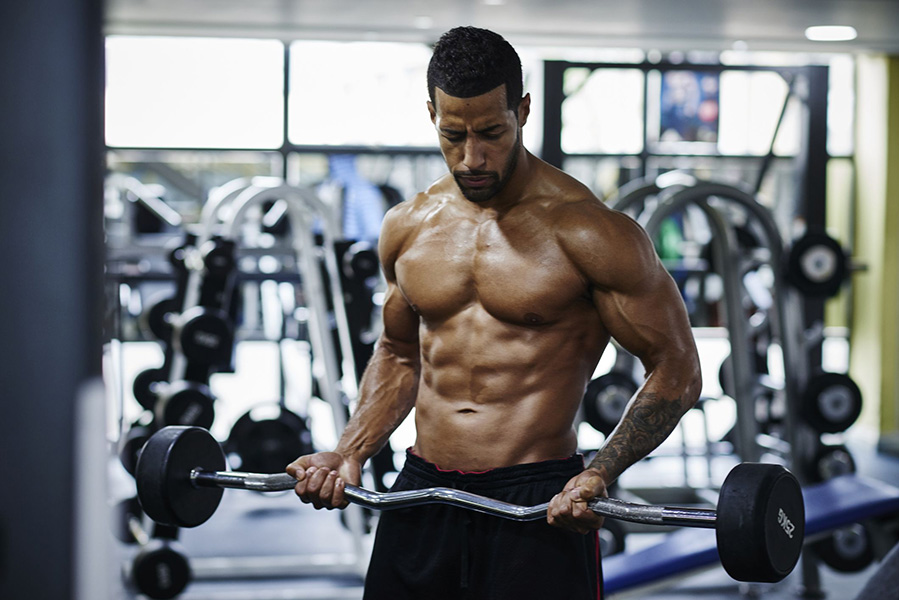
At Look Atheltic in Deptford, our mission is to help people look more athletic (the clue is in the name). Over 10 years of personal training, we know that this is probably the most common goal for most people who are looking for a coach.
The thing is, very few people will come right out and say that. Often people don’t want to admit this is their goal for fear of looking vain (wanting to look like the best version of yourself isn’t vain at all by the way). Sometimes people will have this idea so entrenched that they won’t even admit to themselves that it’s something they’d like.
When you talk to these people about goals, instead, they’ll usually say they’re mainly interested in health.
Now, don’t get me wrong here, I’m not saying that all people who say they are training for health really just want to look good. Rather, the point is that more people want to look good than might admit it. Wanting to become healthy is a common goal, and it’s a very admirable and important one too. These goals often come together, hand in hand. After all, what’s the point in looking good if you don’t feel good?
If you do want both, regardless of which is more important, there’s some good news – you can very easily achieve both at the same time. If you train and eat to improve your health, you’ll likely notice aesthetic benefits as a side effect—such as a leaner, more athletic physique. Similarly, training for aesthetics usually improves key markers of health too.
Let’s go through a few of the ways this happens.
Lower Body Fat

When it comes to looking better, for most people the primary thing is losing body fat. The most common aesthetic goal is to look more “toned”: muscle definition, six packs, chiselled calves, you get the idea.
But lower fat mass has some real significant benefits aside from looking good with your shirt off. Here are some major ways that lowering your body fat percentage can improve your health
- Improved Insulin Sensitivity: Having too much body fat, especially around your organs (called visceral fat), can make it harder for your body to use insulin properly. This can lead to type 2 diabetes. Losing fat makes it easier for your body to manage sugar levels, which lowers your risk of diabetes.
- Better Cardiometabolic Health: Carrying less fat reduces pressure on your heart and blood vessels, helping improve blood pressure, cholesterol, and your heart’s overall health.
- Decreased Inflammation: Excess fat, especially in large amounts, causes inflammation in your body. Ongoing inflammation is linked to diseases like heart problems, strokes, and even some cancers. Losing fat can reduce inflammation and improve your overall health
For those training for aesthetics, the same fat-loss process necessary to uncover muscle definition (e.g., a calorie-controlled diet, strength training, and occasional cardio) leads to these profound health benefits.
More Jacked, More Healthy

Goal-wise, the close second to lowering body fat is generally growing muscle. This can mean different things to different people, big arms & chest, bigger glutes, or just general all-around muscle definition. Regardless of what is specific to you, growing some muscle can have a big positive benefit in terms of health. Here’s why:
- Higher Work Capacity: By work capacity, we just mean your ability to do a lot of physically difficult stuff. Building more muscle makes it easier to do physical tasks like lifting weights, carrying groceries, or hiking. This increase in strength helps you stay active and feel less tired during everyday activities. We’ve had a fair share of clients who started with us and would find climbing stairs, lifting shopping, or moving furniture pretty gruelling. After building up some extra muscle mass, these day to day tasks become far easier, and no longer present any problem.
- Improved Bone Density: A very common health issue as people get older is a loss of bone density, which in turn makes physical activity harder. The same type of weight training that helps you grow muscle will also improve bone density. Strong bones reduce the risk of fractures and osteoporosis as you age, keeping you mobile and independent for longer.
- Increased Insulin Sensitivity: Here’s an uncomfortable fact for the keto/carnivore diet crowd – muscle tissue is literally powered by glucose. Because of this, increasing your muscle mass helps control blood sugar levels because it uses glucose for energy. Having more muscle makes your body better at managing blood sugar, which reduces the risk of insulin resistance and diabetes.
- Neuroprotective Effects: Weightlifting is good for your brain. It lowers inflammation, improves blood flow to the brain, and boosts cognitive functions like thinking and memory. It may even help reduce the risk of brain diseases like Alzheimer’s.
Cardiometabolic Outcomes: Training for Health, Looking Fit
Improving your cardiometabolic health should be a priority for everyone. This includes things like blood pressure, cholesterol, blood sugar levels, and how well your heart functions. Poor cardiometabolic health increases your chances of heart disease, stroke, and other health problems.
The good news? Training for aesthetics can improve all these outcomes.
- Weight Training: Lifting weights has been shown to lower blood pressure, improve cholesterol levels, and reduce inflammation markers. All of which are important for a healthy heart.
- Cardio: Even though cardio isn’t always the main focus for looking better, increasing activity with cardio often plays a role, and it’s great for improving heart health, building endurance, and boosting fat loss. Simple activities like brisk walking can make a big difference in improving cardiometabolic health.
- Balanced Nutrition: Some of the same diet interventions we make to look lean are the exact same ones that improve cardiometabolic health. Generally, we focus on increasing the intake of lean proteins, healthy fats, and dietary fibre – all of which support both your physique and your heart health.
By optimizing your training and nutrition, you’re not just working toward a better physique; you’re also protecting yourself against some of the leading causes of death.
Mobility and Joint Health: Function Meets Form

This one often surprises people. People don’t usually associate weight training for aesthetics with mobility; the stereotypical image of a muscle-bound bodybuilder who can touch their own toes or scratch their own back often springs to mind.
This couldn’t be further from the real truth. We now know from research that muscles are most prone to growing when trained with weight in a stretched position. A good aesthetic training program will take you through deep squats, full presses and a ton of other exercises in the longest functional range of motion.
This has the side benefit of not just making you stronger and more jacked, but more mobile, which can mean a lot for your overall health:
How Mobility Helps:
- Injury Prevention: Better mobility lowers your risk of joint injuries during workouts and everyday tasks. Joints that move well, supported by strong muscles, are less likely to wear out over time.
- Improved Posture: Training for a balanced and symmetrical physique naturally improves your posture. Good posture reduces strain on your muscles and joints, helping to prevent pain.
- Longevity in Training: Improved mobility under load helps you keep training effectively as you age, so that you can still move well in old age and maintain your health long-term.
All this is achieved just by training in the way we know will make you look better – it’s just a nice side benefit.
Why Not Both?
Whether your primary goal is to look better, feel better, or a bit of both, the overlap between training and nutrition for aesthetics and health is undeniable. By focusing on building muscle, reducing fat mass, and adopting a balanced diet, you can achieve a leaner, stronger body while improving your overall health.
The key is to take a holistic approach: one that values both performance and aesthetics without sacrificing long-term health. The side benefit? You’ll not only feel your best but also look your best—a win-win in every sense.
So, the next time you step into the gym or plan your meals, remember: you don’t have to choose between aesthetics and health. With the right approach, you can achieve both.